Description
Spacers for Wooden Lockers, Wooden Cabinets & Cupboard Units
Spacers for Wooden Lockers are used to make camlocks fit better in wooden lockers, cabinets and cupboards.
Locksmiths and caretakers use spacers when fitting camlocks to lockers and wooden cabinets for several important reasons:
Proper Alignment: Spacers for Wooden Lockers help ensure that the camlock is properly aligned with the locking mechanism. This alignment is crucial for the lock to function smoothly and securely.
Prevents Camlocks spinning in the door: A common problem that locksmiths, caretakers and fitters face is with camlocks that “spin” in the hole in the door because the housing nut or clip has not gripped the lock securely enough. A spacer that grips the wooden door prevents spinning.
Compensating for Thickness: Lockers and wooden cabinets can vary in thickness. Spacers allow the camlock to be adjusted to fit different thicknesses, ensuring a snug and secure fit.
Preventing Damage: Using spacers can prevent damage to the cabinet or locker material. Without spacers, the camlock might exert too much pressure on the surface, potentially causing cracks or other damage.
Enhanced Security: Properly fitted camlocks with spacers can enhance security by ensuring that the lock engages fully and securely with the locking mechanism, reducing the risk of tampering.
Ease of Installation: Spacers can make the installation process easier and more efficient by providing a straightforward way to adjust the camlock to the correct position.
These benefits make spacers a valuable tool in ensuring that camlocks are installed correctly and function effectively.
Here are some best practices for installing camlocks to ensure they function effectively and securely:
- Gather the Right Tools and Materials: Before starting, make sure you have all necessary tools, such as a drill, appropriate drill bits, a screwdriver, a measuring tape, and the camlock kit itself.
- Measure Accurately: Measure the thickness of the material where the camlock will be installed. This ensures you select the correct camlock size and any necessary spacers.
- Mark the Installation Points: Use a pencil or marker to precisely mark where you will drill holes. This helps in aligning the camlock correctly.
- Drill Carefully: Drill the holes at the marked points. Ensure the holes are the correct size for the camlock to fit snugly. Using a Forstner bit can help create clean, precise holes.
- Install the Camlock Body: Insert the camlock body into the drilled hole. Secure it with the provided nut or collar, ensuring it is tight but not over-tightened to avoid damaging the material.
- Attach the Cam: Attach the cam (the rotating part) to the back of the lock body. Make sure it aligns properly with the locking mechanism.
- Test the Lock: Before finalizing the installation, test the camlock to ensure it operates smoothly. The key should turn easily, and the cam should engage and disengage the lock without resistance.
- Adjust if Necessary: If the lock does not function smoothly, make any necessary adjustments. This might involve repositioning the cam or adding spacers to achieve the correct alignment.
- Secure All Components: Once everything is aligned and functioning correctly, secure all components firmly. Double-check that all screws and nuts are tight.
Regular Maintenance: Periodically check the camlock for any signs of wear or loosening. Regular maintenance can help ensure the lock remains secure and functional.
Following these steps can help ensure a smooth and secure installation of camlocks on lockers, cabinets, or other furniture.
LockDoctor. Biz Ltd is a national supplier of replacement locks and keys for lockers, filing cabinets and office furniture. For the last 20 years we have specialised in replacing lost and broken keys and other security equipment for residential, commercial, and industrial applications, delivered anywhere in the United Kingdom, usually next day.
We are specialists in replacement office furniture keys. Replacement keys are also available next day for desks, pedestals, tambour units, filing cabinets and cupboards. If you are not sure that this is the correct type of key for you, just email a picture of your lock face or the original key to sales@lockdoctor.biz and we will help.

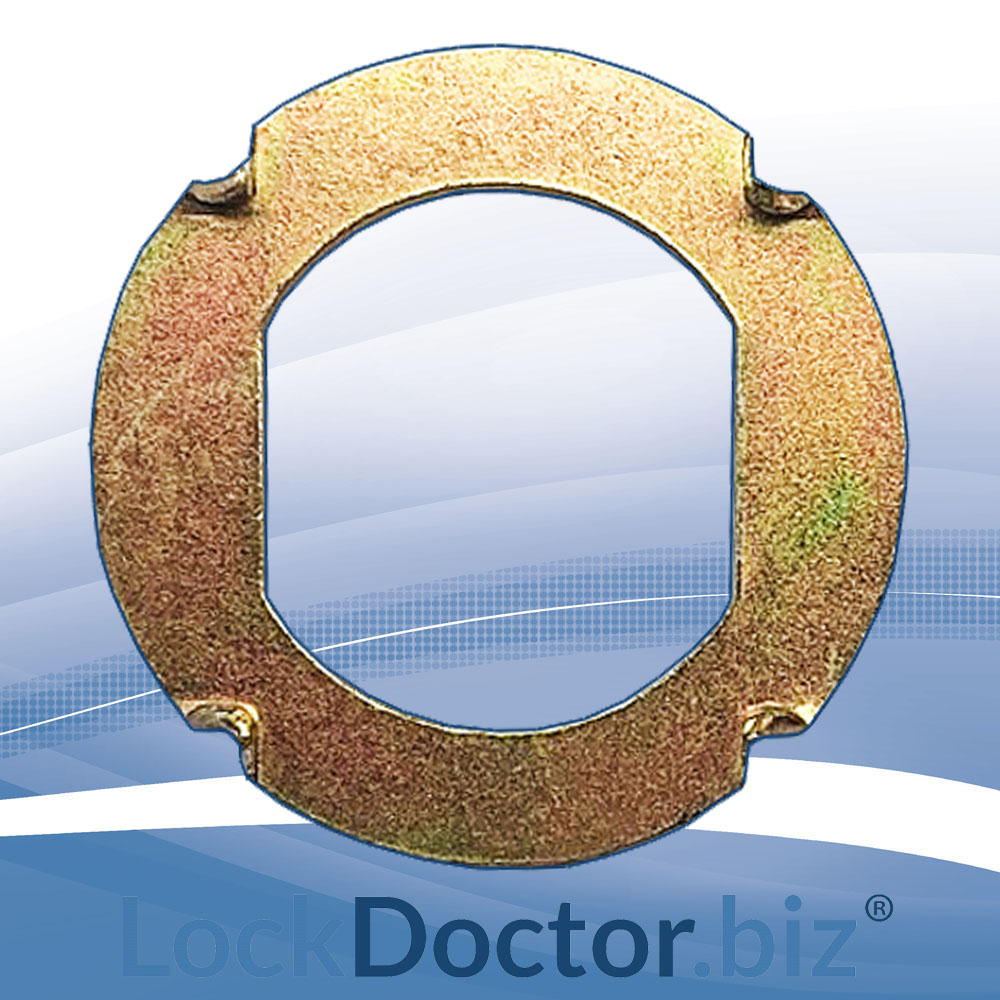
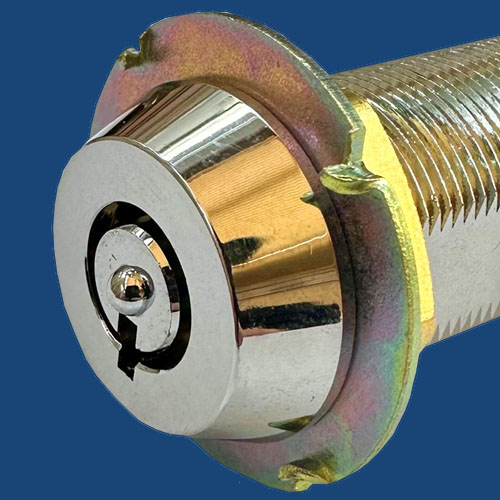
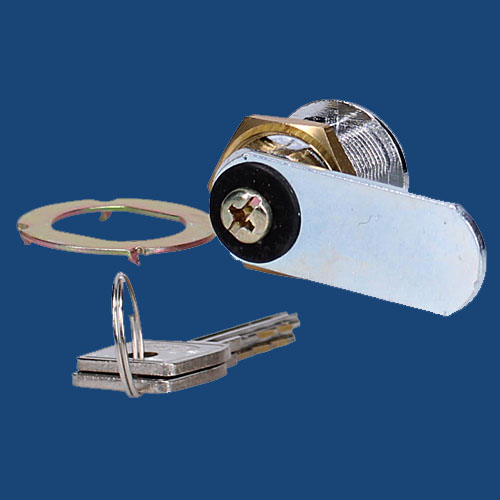
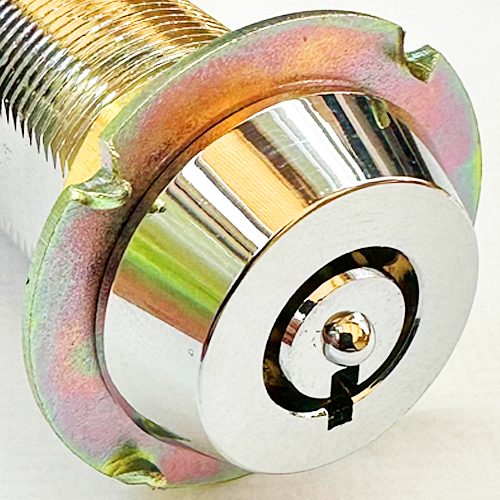
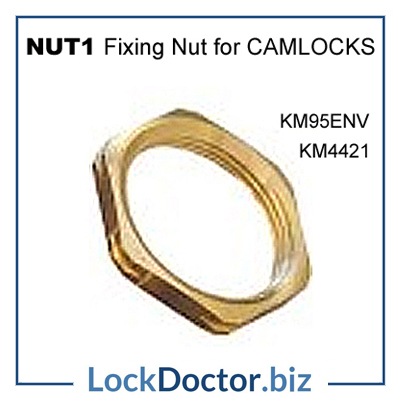
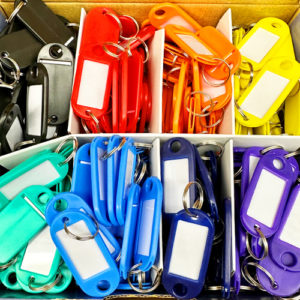
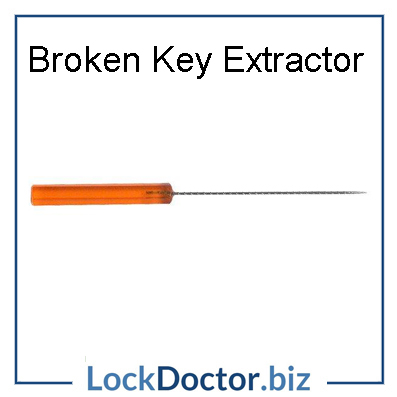
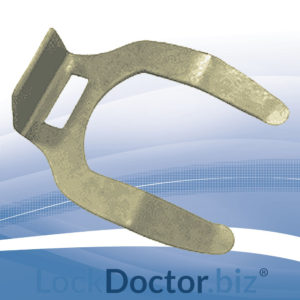
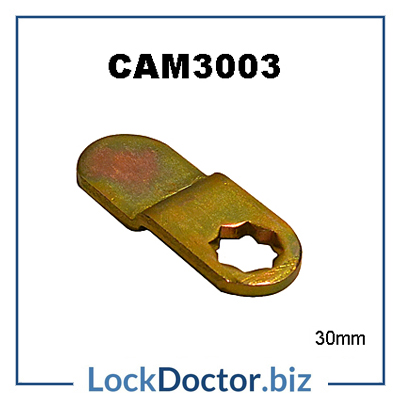
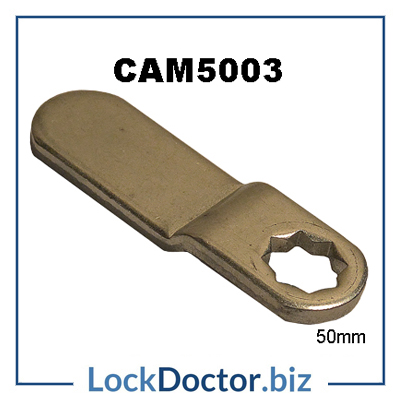
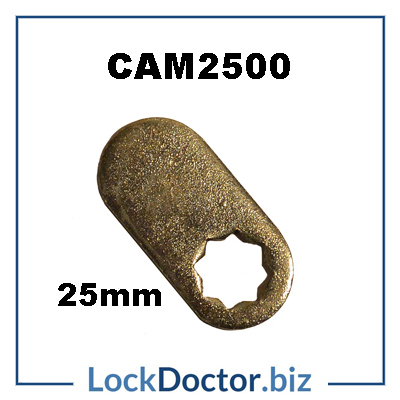
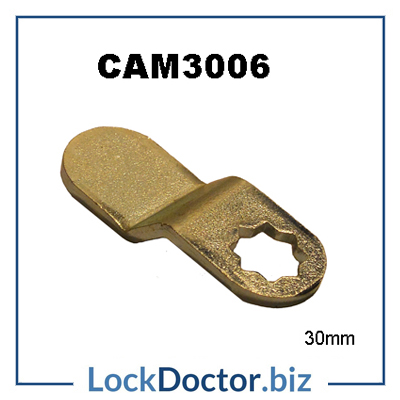
Reviews
There are no reviews yet.